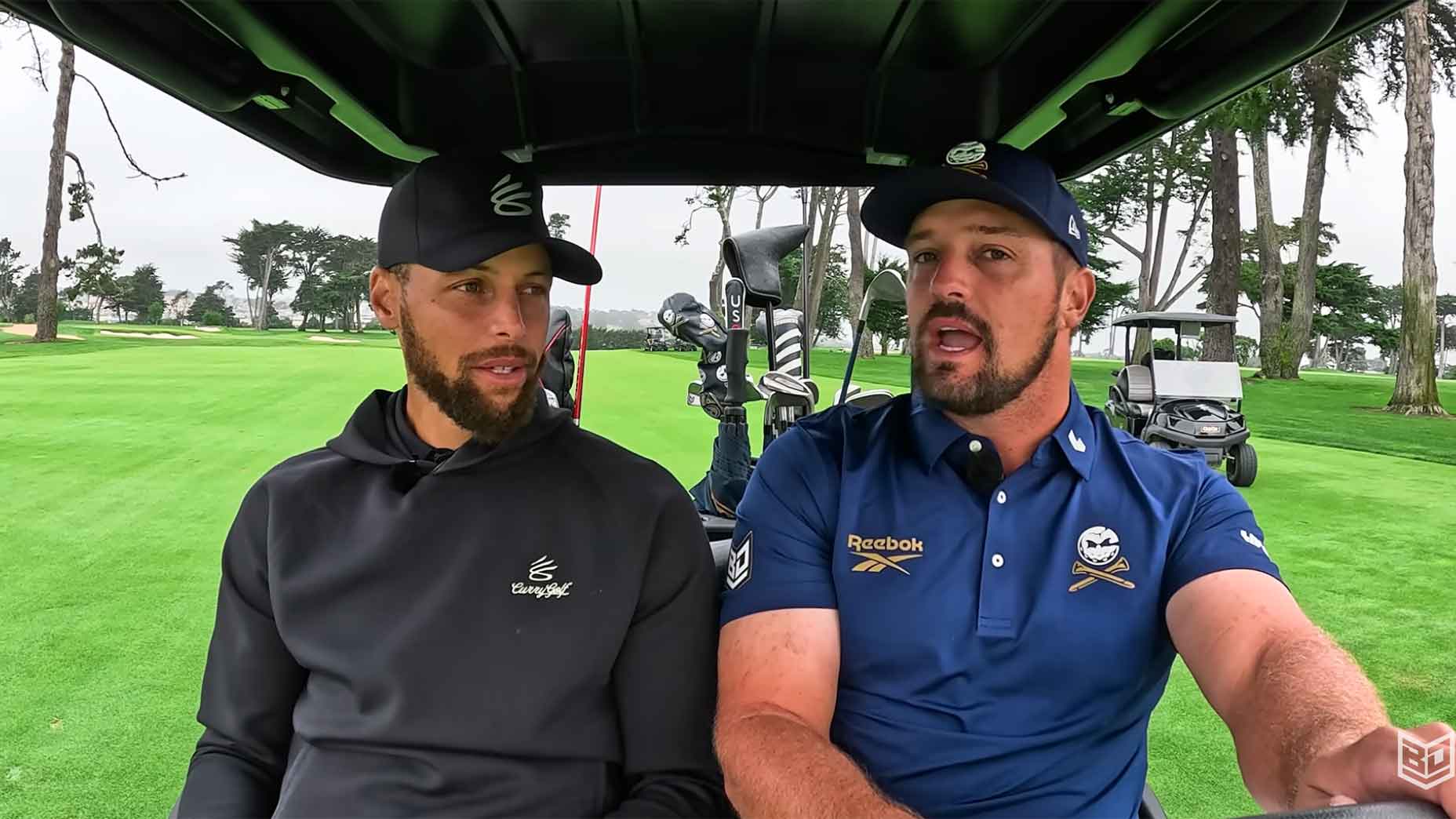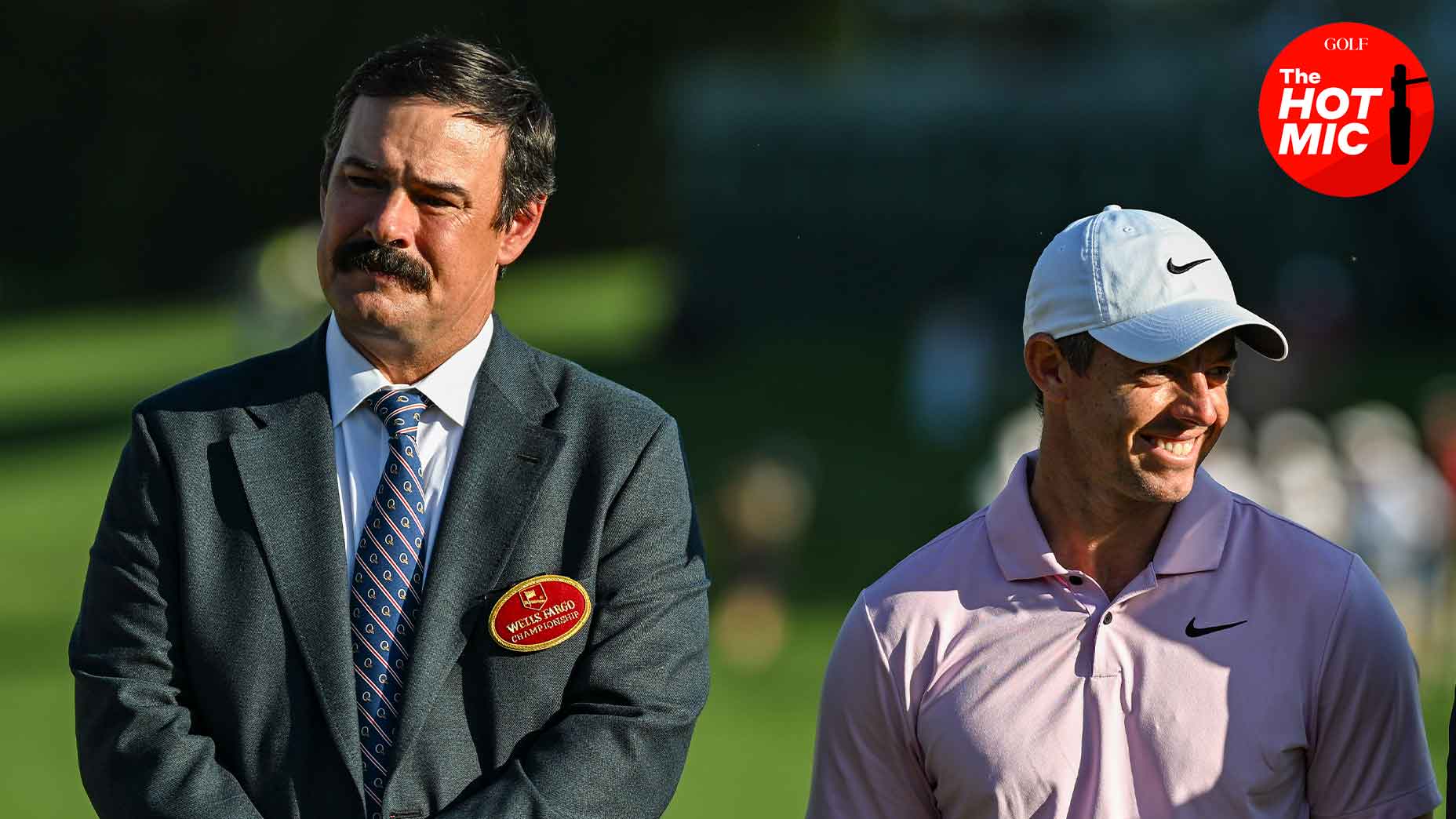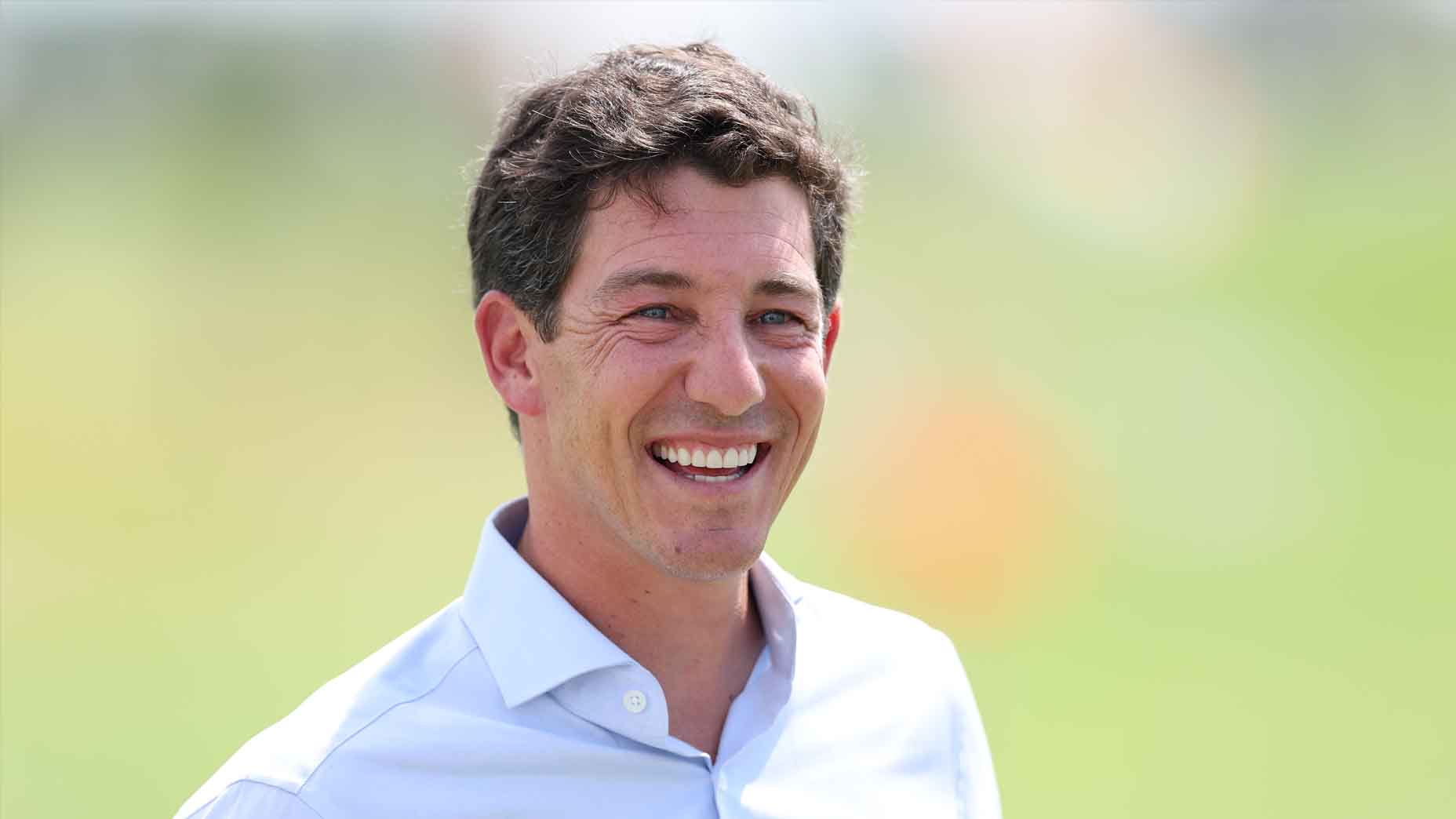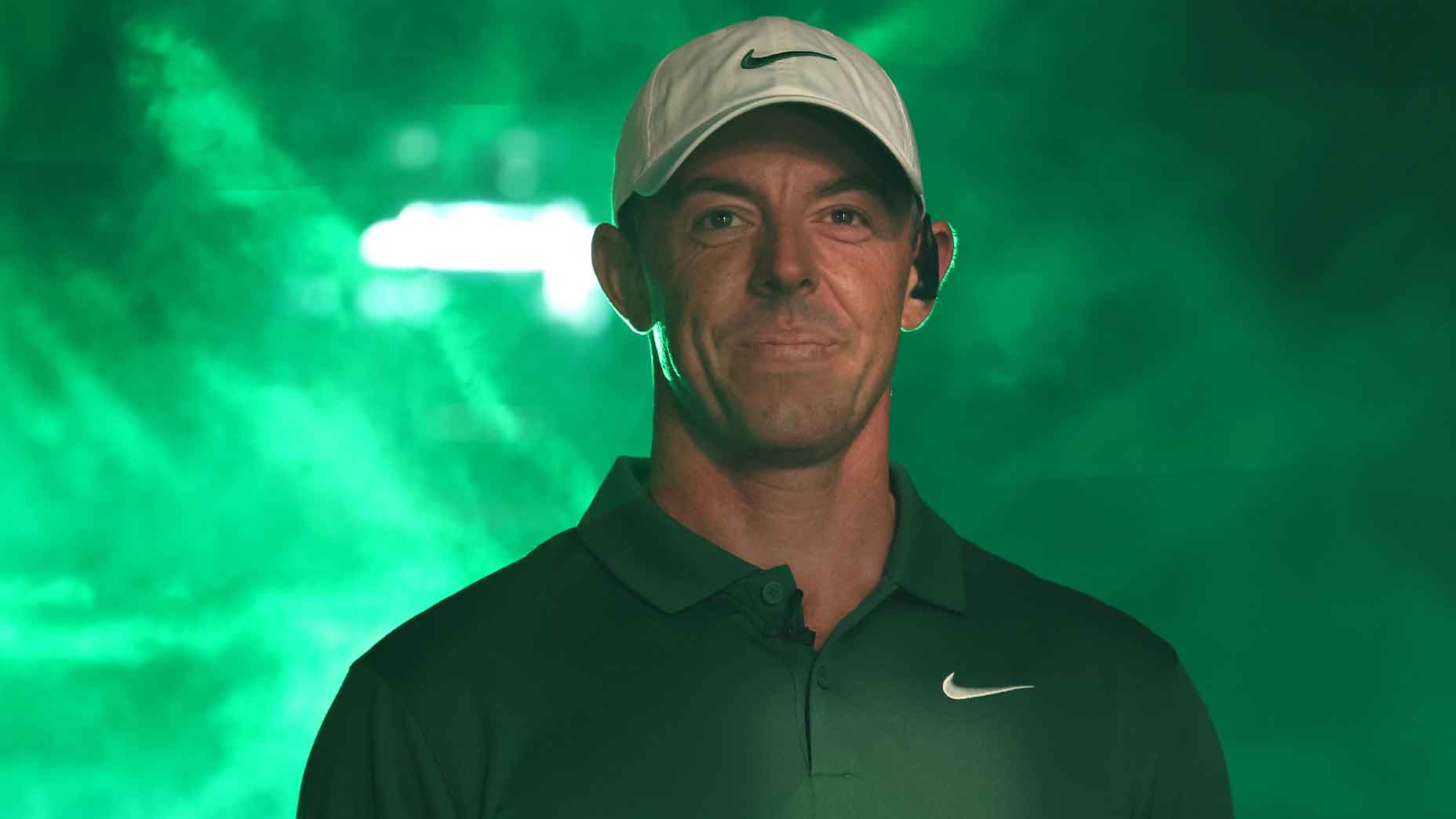PACIFIC PALISADES, Calif. — Nick Clearwater sits in a trailer in the dusty CBS television compound just left of Riviera Country Club’s first fairway. A massive laptop is open in front of him on a long desk against a wall, with four TVs directly above. There are two swings on the laptop screen that Clearwater has clipped together side-by-side. It’s Jason Day — once in 2015, and once at this week’s Genesis Invitational.
Moments later, the CBS broadcast shows the same sequence. There’s a stick figure superimposed over Day’s body, and two numbers next to him. One shows the degrees of his hip turn, the other shows his trail knee bend.
Breaking down Jason Day's swing with Optimotion technology: 2015 vs. Now pic.twitter.com/aRSoDMfLBO
— Golf on CBS ⛳ (@GolfonCBS) February 17, 2024
“This is some really cool technology here,” says CBS’ lead analyst Trevor Immelman. “We are comparing Jason Day’s swing from that great season of 2015 to now. Look here — much less hip turn on this left-hand side. Twenty-nine degrees. Back then he was really trying to hold that right knee; keep it braced. And as we run here, to this swing from earlier this week, just look at that — more tilt to the hips, and a much bigger turn.”
Immelman is quite smart when it comes to the golf swing, but this type of analysis — with hard data — wouldn’t be possible without a new piece of technology that is making its debut during the 2024 season. This is OptiMotion by GOLFTEC, and it’s the newest feature CBS is integrating into its broadcasts this season.
CBS tested the tech during the Farmers Insurance Open at Torrey Pines. This week, the network announced an official partnership with GOLFTEC to integrate OptiMotion into their broadcasts for Signature Events for the remainder of the season.
The tech is powered by a proprietary AI model that uses wireless and sensor-less motion capture technology to 15 different joint centers and provides over 4,000 data points about every swing.
8 noticeable changes coming to CBS Golf broadcasts in 2024By: James Colgan
“It’s factual. It’s objective,” says Clearwater, GOLFTEC’s VP of Instruction. “It’s less about an opinion of the broadcaster. It’s data-driven. They don’t have to talk about abstract elements of the swing, and it gives them one more thing to talk about while on air.”
If you’ve ever gotten a lesson at GOLFTEC, then OptiMotion will likely look familiar. It’s the exact same technology that they use in their studios across the country. In GOLFTEC’s hitting bays, two cameras are used to capture students’ swings and provide data. But for the CBS broadcast, only a single camera is needed. They can even use OptiMotion to analyze swings from old videos.
“If we wanted to look at a swing from Ben Hogan winning here, we can pull up his swing and drop OptiMotion on top of it,” Clearwater says. “We can do comparisons before and after. We can compare Tour players on the same day. It’s some pretty cool tech.”
Throughout the tournament, Clearwater sits in the replay truck clipping together swings and laying OptiMotion on top. He then sends the clips to the production team for use in the broadcast. He’ll be on site at each Signature Event broadcast by CBS for the remainder of the season, ready to clip together videos with OptiMotion that will go out over the air to millions of viewers.
As Clearwater explains his role in the broadcast, his phone continues to buzz. His friends and family have seen OptiMotion on the broadcast, and they’re showering him with praise.
“It’s worked out pretty well so far,” Clearwater says. “Pretty seamless, which is a tough thing for tech like this on the broadcast.”











